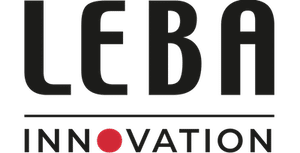Blended Learning Benefits
The field of education has as many other sectors been subject to ongoing change. Many pioneers have throughout time contributed to the development and therein improvement of schooling. However, the educational sector like many others today relies on continuous innovation to remain relevant and efficient.
The field of education has as many other sectors been subject to ongoing change. Many pioneers have throughout time contributed to the development and therein improvement of schooling. However, the educational sector like many others today relies on continuous innovation to remain relevant and efficient.
To have consistent merit educational systems like schools, colleges and universities alike, have to adapt to our ever-evolving society. This entails the creation or redesign of learning processes, practices, and tools. Much of the experienced innovation and associated positive changes stem from the advancement of technology.
Educators and administrators have fostered innovation through the implementation of digital technologies into the learning experience. Computers and tablets alike have become incredibly valuable teaching tools. The introduction of digital devices into classrooms has opened entirely new opportunities such as online learning. This has spurred heighten interest in hybrid educational set-ups and models that enable blended learning.
What is blended learning?
Blended learning is an approach to education that combines both online educational material and interaction with traditional physical classroom-based methods. This type of multichannel approach still requires the physical presence of both students and teachers. However, it enjoys more flexibility in terms of classroom activities and individual learning in comparison to the traditional educational setup. The active use of digital technologies allows a more flexible student control over a range of elements such as time, place, path, and pace.
Through the usage of digital learning platforms teachers can provide new and efficient frameworks. However, this does not merely mean the simple use of chat rooms or uploading of lectures. Blended learning is said to occur successfully when both said technology and teaching inform each other. This stipulates that teaching materials become dynamic when reaching and engaging students in a genuinely customizable way.
While blended learning is an alluring approach to teaching, it is nevertheless a relatively new way of schooling. Not all teachers and professors alike use digital tools the same way. For instance, some teachers use course management system applications such as Moodle, Lectio and Aula to connect with their students online.
Through applications and platforms like these, students and scholars can access and engage with:
- Designated reading materials
- Videos of lectures
- Track assignment progress
- Receive instructions
- Communicate and interact with professors and fellow students
- Review educational content
Despite using the same platforms, teachers can still integrate them in diverse ways into their teaching and classrooms. As an example, they can alternate between disseminating educational content in class or through online media. Students can here be subjected to both study and review at their own pace of said materials at home or in class. Following classroom periods may here be transformed into practical hands-on work. The teacher can offer support or engage the students in class-wide discussions.
What are the Benefits of Blended Learning?
Not everyone learns the same way. Traditional education set-ups where a teacher is standing in front of a blackboard does not necessarily engage all students effectively or in an individual way. Blended learning accounts for this, to a varying degree, through its reinforcement of student-centered learning. The individual self-paced and customizable learning are two main qualities that are highly praised of this educational approach.
The usage of digital technologies and the application of sensory elements therein provides a way to reach auditory, kinetic, and visual learners alike. Thus, blended learnings may transform largely transmissive methods of learning and teaching into more interactive and gratifying.
Blended learning provides the following benefits:
- Lower costs
- A larger extent of self-paced learning
- Universal reach and accessibility to learning materials
- No limitation to the geographical boundary of the institution.
- Location-independent communication and interaction
- It accounts for every type of learner
- Flexible classrooms and learning
- Mixed teaching methods
- Gamification
What are the benefits of blended learning to teachers?
Blended learning has many benefits for both students and teachers. Many class instructors experience trouble in facilitating student engagement as well as provide personalized learning to the whole class.
Blended learning may be highly beneficial for teachers as it may empower them by:
- Increased student engagement
- More effective evaluations
- Improved communication
- Flexible accessibility
- Best both worlds; mixed methods
- Improved efficiency
- Account for different learning styles.
What are the benefits of blended learning to students?
Both teachers and students enjoy similar benefits, however, students receive a more comprehensive educational experience. This enhanced way of learning may increase retention and engagement significantly.
Below are some of the benefits of blended learning to students.
- A higher degree of flexibility
- Personalized and custom learning
- Accessibility to a wider collection of learning materials
- Peer support
- Enhanced retention
- High flexibility

Do you have questions for LEBA
Fill out the form, and we'll get back you you as soon as possible.




